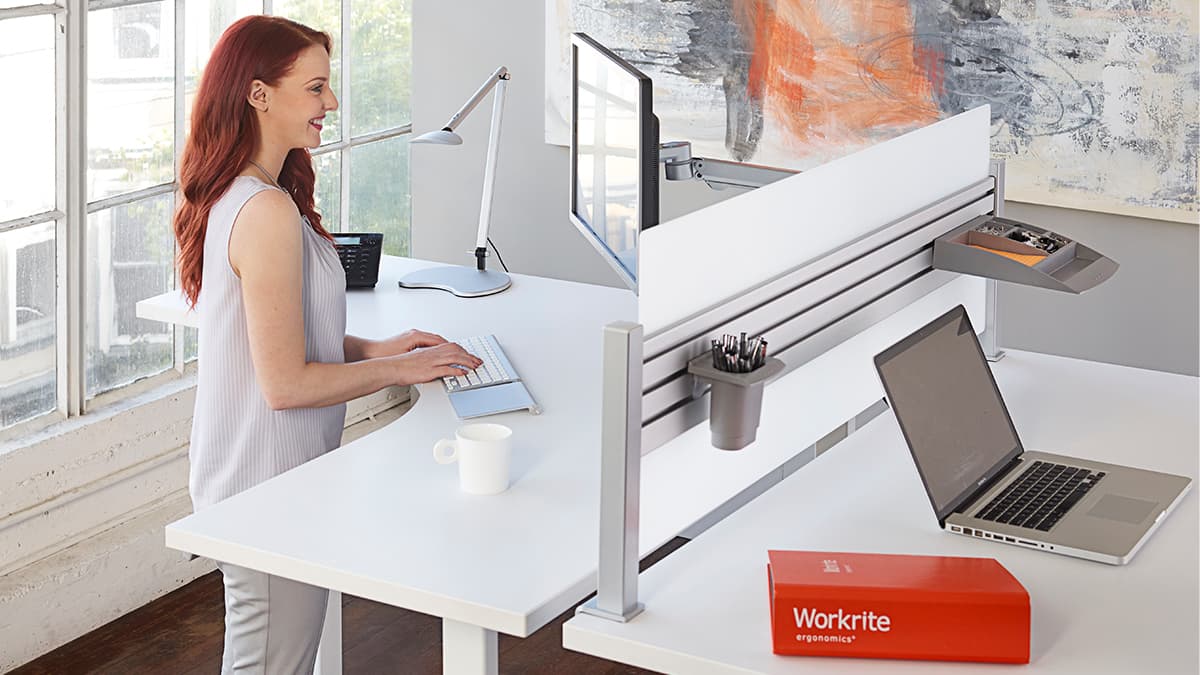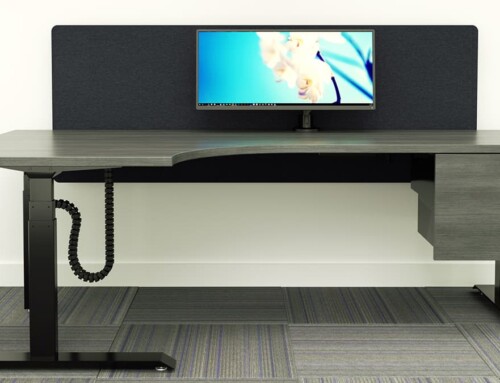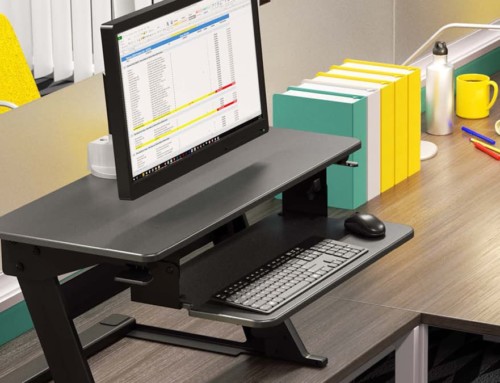Workactive
Why Sitting Too Much is Bad for You & What to Do About It

Normal, everyday life is filled with a lot of sitting these days. We sit in our cars, we sit at our desks, we sit at the kitchen table, and we sit on our couches. Most of us have to actively seek out exercise by joining a gym or attending exercise classes because our regular days are so sedentary. This shift toward more sitting and less regular movement has only been increasing over the years.
We’re meant to move; our ancestors spent days hunting down large animals, and later, working in fields and factories, on their feet nearly the entire day. While it’s not necessary to have quite that level of daily activity, the evidence is clear that not getting enough regular movement can have some unwanted effects on our health and put us at risk for diseases like high blood pressure and diabetes. A sedentary lifestyle can also be draining on your energy levels and mood.
That’s why sit stand desks are the perfect solution to the issue of sedentary office work. They allow you to move throughout the day. You’re not forced to remain standing, nor are you bound to a day of sitting. You can work comfortably by continuously changing positions and adjusting your desk and other equipment to fit your body.
Too much sitting has many health risks
Sitting for long periods of time, like at a desk all day, has a number of health risks. According to the Mayo Clinic, “they include obesity and a cluster of conditions — increased blood pressure, high blood sugar, excess body fat around the waist and abnormal cholesterol levels — that make up metabolic syndrome. Too much sitting overall and prolonged periods of sitting also seem to increase the risk of death from cardiovascular disease and cancer.” The other less deadly side effects of sitting all day include muscle and joint discomfort, soreness in the back and neck, varicose veins, and weight gain.
There are also mental and emotional side effects
New research shows that sitting all day “not only carries a physical toll, but may also increase risks of mental health issues, such as anxiety and depression,” according to the Association for Psychological Science. The study found that employees who spend most of the day seated had higher rates of anxiety and depression compared to employees who had more active jobs.
The same study also found that physical activity outside of work hours didn’t protect sedentary workers from the negative effects of sitting. “If people sat for most of the workday, even if they were physically active and getting exercise in their off-hours, they still showed relatively higher rates of anxiety and depression symptoms than did workers who sat for less than 3 hours a day.” The negative effects of sitting can’t be undone through exercise alone. We have to reduce the amount we sit in order to really protect our bodies and minds.
The solution: a sit stand desk (and other ergonomic equipment)
Sit stand desks allow those who are typically bound to a desk during the workday to swap some of their sitting hours for standing hours. Height adjustable workstations allow you to move throughout the day so you’re not spending too much time sitting or standing (because there are also some negatives to standing too much).
The right kind of sit stand desk will have a wide range of adjustability and can adjust to your specific height and proportions. One that reminds you to change positions throughout the day will help you get into the habit of sitting and standing while you work (like Sentinel, Sierra HX, or Fundamentals with the new bluetooth switch).
Combine your sit stand desk (or your standing desk converter on top of your regular desk) with other ergonomic equipment to ensure you can work comfortably all day long. A monitor arm will help you put your screen(s) in the right position, and an anti-fatigue mat will make standing more comfortable and active. Practicing good posture is also important to ensure you get the most of your ergonomic office equipment.
Other ways to be more active in your daily life
Once you’ve started standing more at work, try adding other activity into your day. Take breaks to stretch at your desk or go for a walk outside during your lunch hour. Opt for the stairs over the elevator. Have your colleagues join you in being more active by holding walking meetings or standing huddles. Sign up for an exercise class and bring a friend to keep you motivated. If you can, walk or ride your bike to work or to run errands rather than driving. In your leisure time, try active hobbies like gardening, hiking, or cycling. Whatever you enjoy, just try to add some more movement to your day and you’ll be set up for a healthy, active life.




Connect with Us